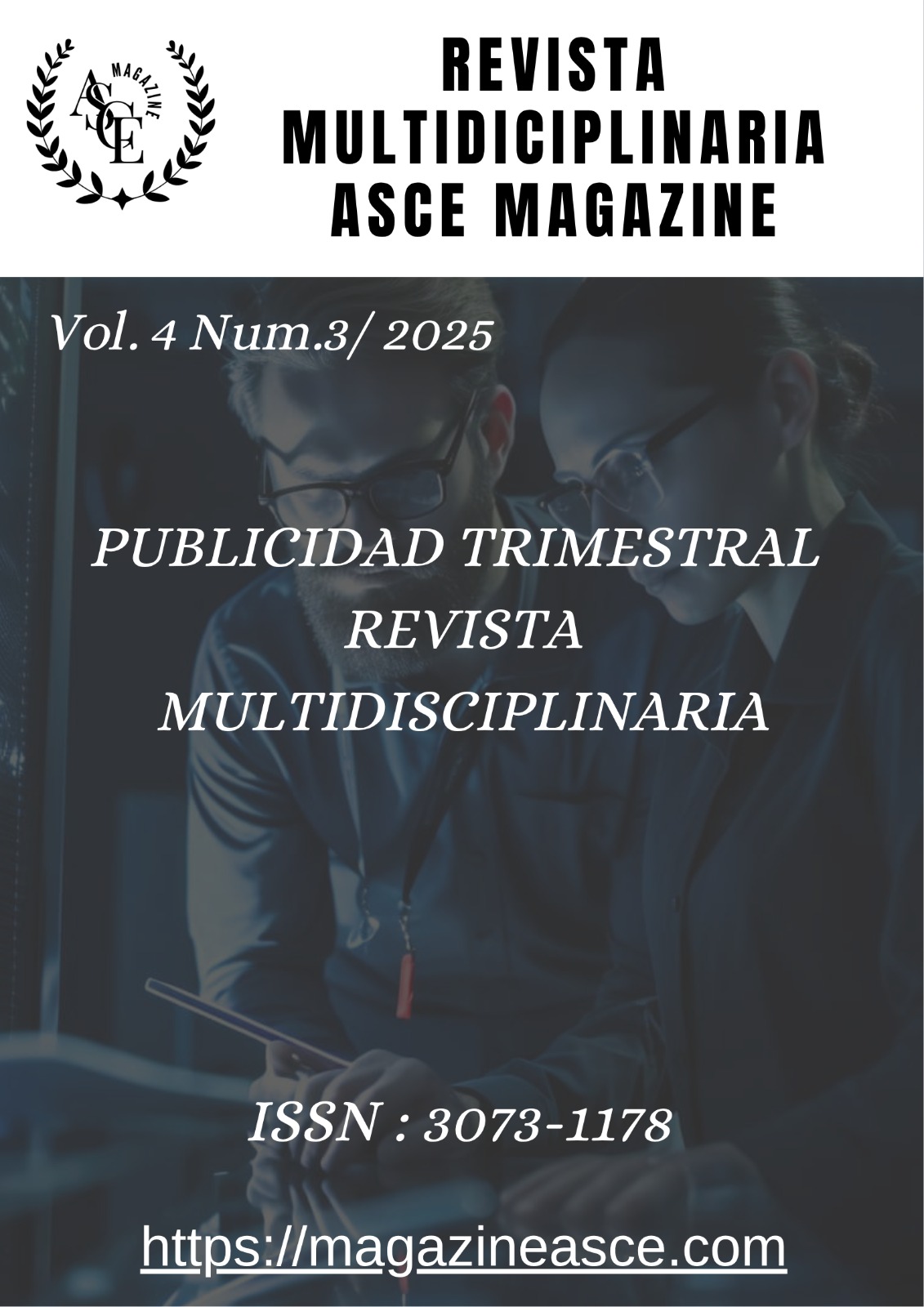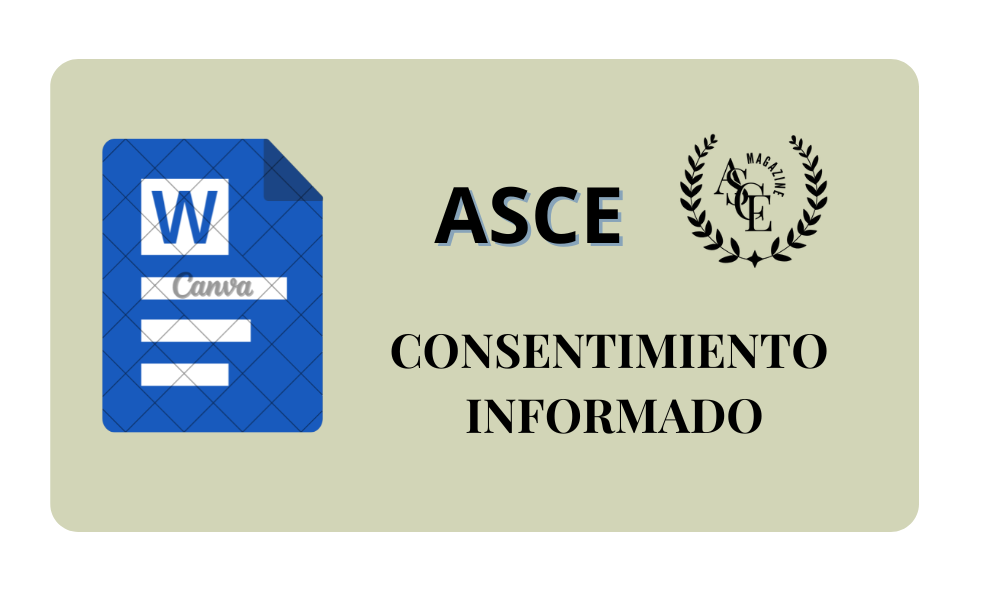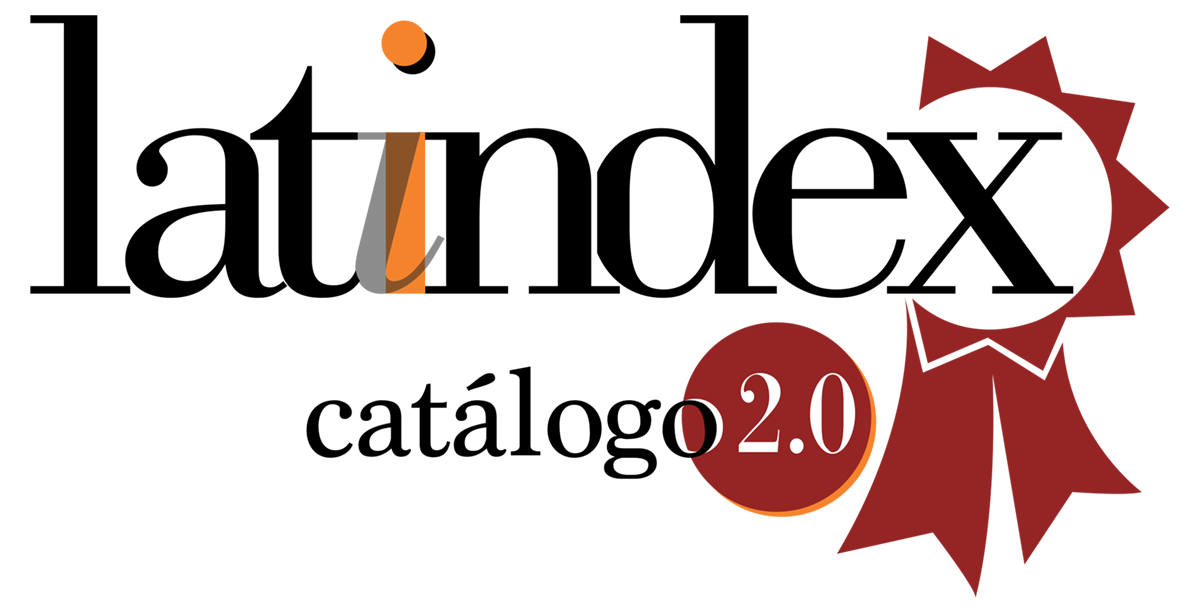Analyzing public opinion on artificial intelligence using sentiment analysis and data visualization
DOI:
https://doi.org/10.70577/ASCE/353.370/2025Keywords:
Artificial intelligence; public opinion; sentiment analysis; data visualization; social perceptions; regulatory policies; education; technological ethics.Abstract
The study offers an in-depth exploration of society's perceptions and emotions towards artificial intelligence (AI), highlighting a duality between optimism for its applications and concern for its implications. Using natural language processing techniquesto analyze a wide range of digital texts and data visualization techniques to represent the findings, this research identifies key trends and patterns in public opinion about AI. The results reveal a split in public perception: on the one hand, there is significant enthusiasm for the potential benefits of AI in sectors such as healthcare, education and industry, reflected in positive sentiments and optimistic expectations. On the other hand, there is evident concern about the associated risks, including job loss, privacy issues and ethical issues related to automated decisions. The research underscores the importance of effective communication about AI that balances the exposure of its benefits and risks, and highlights the need for educational and regulatory policies and strategies that promote responsible technological development. The implementation of these measures is crucial to align the advancement of AI with society's expectations and values, encouraging constructive dialogue about its future. This study makes a valuable contribution to the understanding of how society perceives AI, providing a basis for informed actions by developers, policy makers and educators. By highlighting both the hopes and concerns of the population, it emphasizes the need for a balanced and ethical approach in the development and implementation of AI technologies.
Downloads
References
Black, D., Green, E., & Brown, F. (2019). Herramientas de visualización en estudios sociológicos. Sociological Review, 25(3), 40-55.
Bostrom, N. (2014). Superintelligence: Paths, Dangers, Strategies. Oxford University Press.
Brown, J. (2016). Interdisciplinariedad en la visualización de datos. International Journal of Social Sciences, 5(1), 65-80.
Cambria, E., Schuller, B., Xia, Y., & Havasi, C. (2013). New Avenues in Opinion Mining and Sentiment Analysis. IEEE Intelligent Systems, 28(2), 15-21. DOI: https://doi.org/10.1109/MIS.2013.30
Esuli, A., & Sebastiani, F. (2006). SentiWordNet: A publicly available lexical resource for opinion mining. In Proceedings of the 5th Conference on Language Resources and Evaluation (LREC) (pp. 417-422).
Floridi, L., & Chiriatti, M. (2020). AI4People—An Ethical Framework for a Good AI Society: Opportunities, Risks, Principles, and Recommendations. Minds and Machines, 30(4), 689-707 DOI: https://doi.org/10.1007/s11023-018-9482-5
García, A., López, B., & Martínez, C. (2018). Visualización de datos en investigación social. Revista de Ciencias Sociales, 30(2), 75-89.
Ghiassi, M., Skinner, J., & Zimbra, D. (2013). Twitter brand sentiment analysis: A hybrid system using n-gram analysis and dynamic artificial neural network. Expert Systems with Applications, 40(16), 6266-6282. DOI: https://doi.org/10.1016/j.eswa.2013.05.057
Kim, S. M., & Hovy, E. (2004). Determining the sentiment of opinions. In Proceedings of the 20th International Conference on Computational Linguistics (COLING '04) (pp. 1367-1373). DOI: https://doi.org/10.3115/1220355.1220555
Lee, A. y Chen, J. (2022). Public views on AI: Hope and concern in a complex landscape. Journal of Artificial Intelligence Ethics, 2(3), 399-415.
Liu, B. (2012). Sentiment Analysis and Opinion Mining. Synthesis Lectures on Human Language Technologies, 5(1), 1-167. DOI: https://doi.org/10.1007/978-3-031-02145-9_1
Liu, B. (2015). Sentiment Analysis: Mining Opinions, Sentiments, and Emotions. Cambridge University Press. DOI: https://doi.org/10.1017/CBO9781139084789
McCarthy, J., Minsky, M. L., Rochester, N., & Shannon, C. E. (1956). A Proposal for the Dartmouth Summer Research Project on Artificial Intelligence. Dartmouth College.
Pang, B., Lee, L., & Vaithyanathan, S. (2002). Thumbs up? Sentiment classification using machine learning techniques. In Proceedings of the ACL-02 Conference on Empirical Methods in Natural Language Processing (pp. 79-86). DOI: https://doi.org/10.3115/1118693.1118704
Pang, B., & Lee, L. (2008). Opinion mining and sentiment analysis. Foundations and trends in information retrieval, 2(1-2), 1-135. DOI: https://doi.org/10.1561/1500000011
Rodríguez, M. (2020). Actitudes sociales ante la innovación tecnológica: Optimismo, recelo e incertidumbre. Revista Iberoamericana de Ciencia, Tecnología y Sociedad, 12(35), 71-85.
Rosenthal, S., Farra, N., & Nakov, P. (2017). SemEval-2017 Task 4: Sentiment analysis in Twitter. In Proceedings of the 11th International Workshop on Semantic Evaluation (SemEval-2017) (pp. 502-518). DOI: https://doi.org/10.18653/v1/S17-2088
Russell, S. J., & Norvig, P. (2016). Artificial Intelligence: A Modern Approach (3rd ed.). Pearson.
Smith, J. y Jones, A. (2021). Análisis de la opinión pública sobre inteligencia artificial mediante técnicas de procesamiento de lenguaje natural. Revista Española de Lingüística Aplicada, 34(2), 95-115.
Taboada, M., Brooke, J., Tofiloski, M., Voll, K., & Stede, M. (2011). Lexicon-based methods for sentiment analysis. Computational Linguistics, 37(2), 267-307. DOI: https://doi.org/10.1162/COLI_a_00049
Turing, A. M. (1950). Computing machinery and intelligence. Mind, 59(236), 433-460 DOI: https://doi.org/10.1093/mind/LIX.236.433
White, L. (2017). Significado y contexto en la visualización de datos. Social Analysis Journal, 12(4), 20-30.
Downloads
Published
How to Cite
Issue
Section
License
Copyright (c) 2025 Oscar Danilo Gavilánez Alvarez, John Javier Cruz Garzón, Cristian Luis Inca Balseca

This work is licensed under a Creative Commons Attribution-NonCommercial-NoDerivatives 4.0 International License.






























